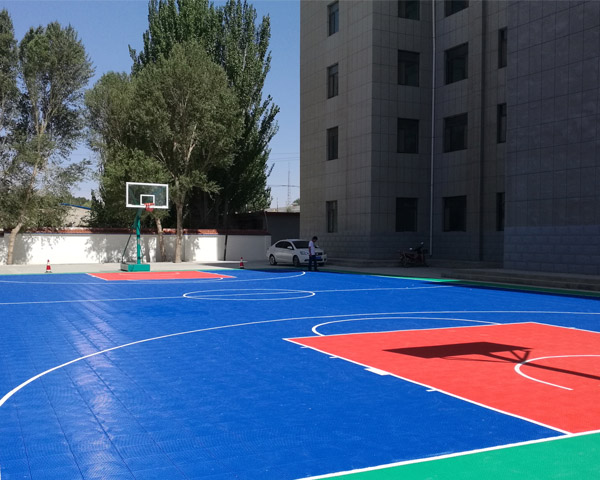Aug . 02, 2024 14:27 Back to list
Exploring the Benefits and Features of Synthetic Athletic Flooring for Sports Facilities and Fitness Centers
The Rise of Synthetic Athletic Flooring Enhancing Performance and Safety
In recent decades, the world of sports has seen significant advancements in technology and materials, leading to the emergence of synthetic athletic flooring. This innovative flooring solution has transformed the way athletes train and compete, providing a safe and high-performance environment that enhances athletic performance.
Synthetic athletic flooring encompasses a range of materials, including rubber, polyurethane, and other composites, which are engineered to meet the rigorous demands of various sports. Unlike traditional surfaces such as wood or concrete, synthetic floors offer several key advantages that make them the preferred choice for sports facilities.
First and foremost, the safety of athletes is paramount in any sporting environment. Synthetic floors are designed to provide better shock absorption, reducing the risk of injuries related to falls or high-impact activities. This is particularly vital in sports like basketball, gymnastics, and track and field, where athletes are constantly jumping, running, and performing high-intensity movements. The cushioning effect of synthetic surfaces not only protects athletes but also helps maintain their performance levels over extended periods of play.
Moreover, synthetic athletic flooring is known for its durability and low maintenance requirements. Traditional wooden floors can warp, splinter, or become slippery over time, posing safety hazards and requiring costly repairs. In contrast, synthetic materials are engineered to withstand heavy use and harsh environmental conditions, making them a more reliable choice for gyms, indoor sports complexes, and outdoor facilities. This durability translates to lower long-term costs for facility operators and ensures that athletes consistently benefit from a safe playing surface.
synthetic athletic flooring

Another key benefit of synthetic athletic flooring is its versatility. These surfaces can be designed to accommodate a wide range of sports, including basketball, volleyball, tennis, and even multi-purpose applications. This adaptability allows sports centers and schools to maximize the usability of their facilities and offer a variety of programs to their communities. For instance, a gym can easily transform from a basketball court to a volleyball arena, providing diverse athletic opportunities without the need for multiple specialized spaces.
In addition to performance and safety, synthetic athletic flooring can also be customized in terms of color, design, and branding. This feature is especially appealing to schools and universities seeking to promote school spirit or create a unique identity for their sports teams. With the ability to incorporate logos and specific color schemes, synthetic flooring enhances the aesthetic appeal of sports venues and creates an engaging environment for both athletes and spectators.
Furthermore, the environmental impact of synthetic flooring should not be overlooked. With advances in sustainable manufacturing processes, many synthetic athletic floors are now made from recycled materials and can be recycled at the end of their lifecycle. This commitment to sustainability aligns with the growing trend towards eco-friendly practices in sports and recreation, allowing facilities to invest in flooring solutions that are not only effective but also environmentally responsible.
In conclusion, synthetic athletic flooring is revolutionizing the sports industry by combining safety, durability, versatility, and aesthetic appeal. As athletic programs continue to evolve, the demand for high-quality, performance-oriented surfaces will only grow. Embracing synthetic flooring solutions not only enhances the athletic experience but also ensures the safety and longevity of sports facilities, making it a wise investment for the future of sports.
-
Converting Tennis Court to Pickleball Fast & Affordable Solutions for Any Facility
NewsJul.04,2025
-
Professional Tennis Court Lining Services Pickleball Court Marking Experts
NewsJun.24,2025
-
Pickleball Court for Sale - Premium Flooring Solutions for Sports Venues
NewsJun.10,2025
-
Maple Grove Outdoor Pickleball Courts - Premium Conversion & Durable Materials
NewsJun.10,2025
-
Best Pickleball Outdoor Courts Solutions Convert Tennis Courts, Outdoor Covered Courts, Maple Grove Options
NewsJun.10,2025
-
Convert Tennis Court to Pickleball Fast & Affordable
NewsJun.09,2025

